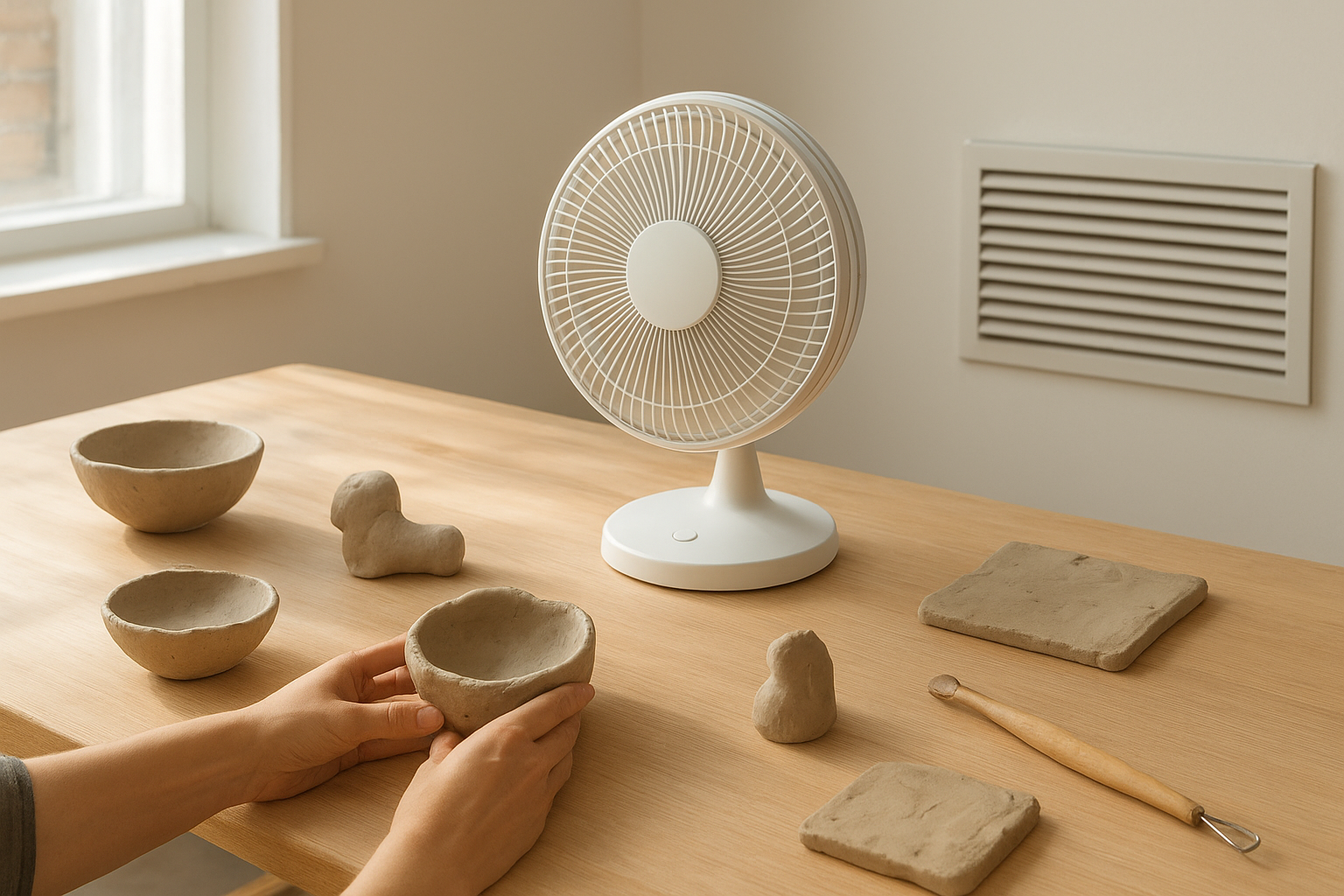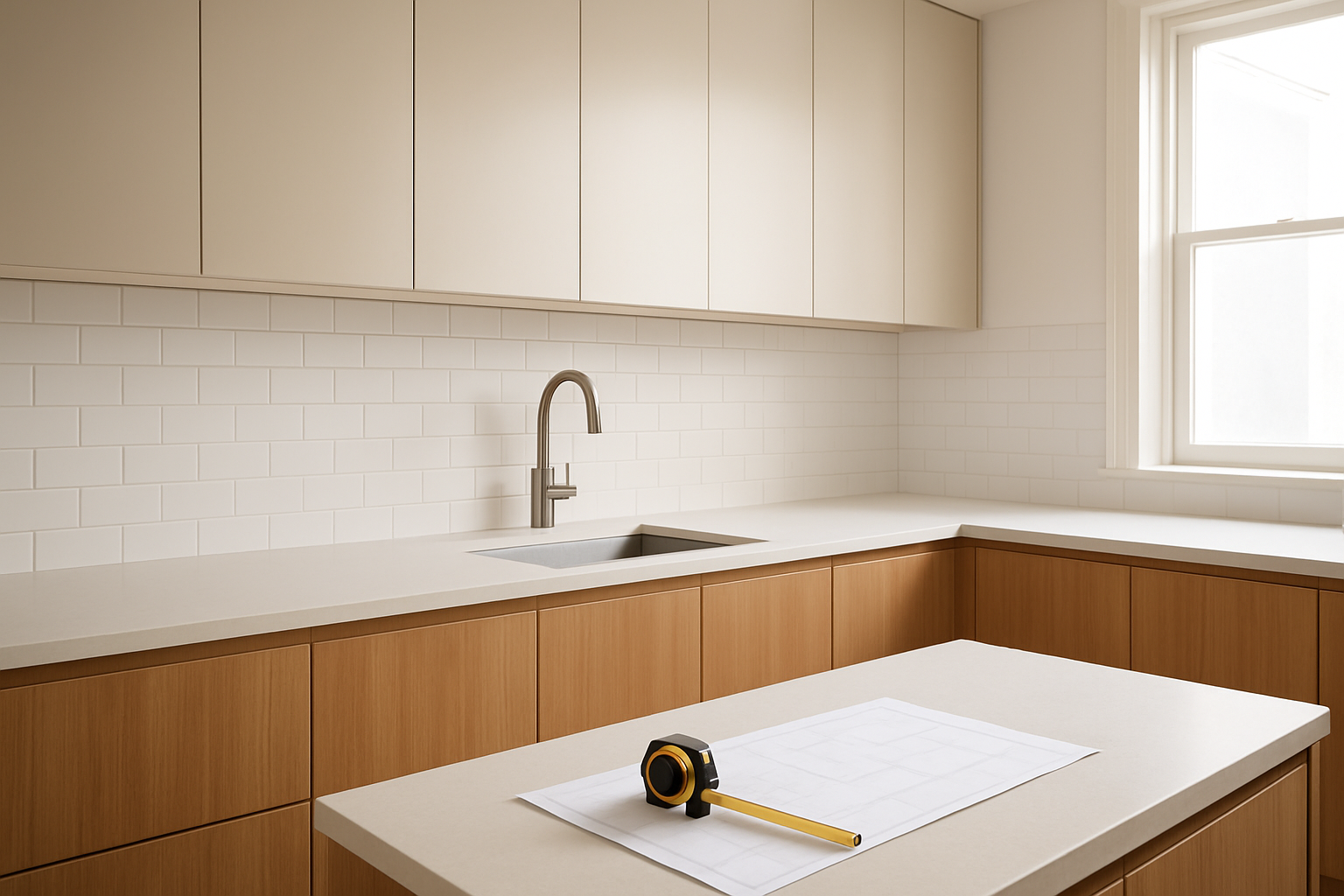If your home shows cracks in the walls, uneven floors, or doors that no longer close smoothly, your foundation may be shifting. One of the most reliable ways to correct this is by using foundation piers — deep structural supports that stabilize the home by transferring its weight to solid ground.
This guide explains what foundation piers are, how they work, the different types (including helical piers and pier and beam foundations), and what costs to expect if your home ever needs them.
🧱 What Are Foundation Piers?
Foundation piers are vertical supports installed beneath a home’s base to hold it steady when the soil below starts to sink or shift. Think of them as underground columns that anchor your house to stronger, more stable soil layers.
They’re commonly used in foundation repairs, especially for homes built on soft, clay-heavy, or expansive soil. By redistributing the weight of your home, foundation piers prevent further settling, cracking, and structural movement.
Two main reasons homeowners install piers:
- New construction on unstable terrain.
- Foundation repair for older homes showing signs of settlement.
⚙️ How Do Foundation Piers Work?
Foundation piers work by transferring load — they move the weight of your home from weak soil near the surface to solid layers deep underground.
Here’s how it happens step-by-step:
- The foundation area is excavated to expose the footing.
- Steel or concrete piers are driven or drilled deep into stable strata.
- Brackets connect the pier to the home’s foundation.
- Hydraulic lifts are used to level and stabilize the structure.
Among the most popular types is the helical pier, a screw-like metal shaft with spiral blades that twist into the ground. This design allows precise installation, ideal for areas with uneven soil or limited space. Helical piers can also be installed year-round — even in wet or frozen ground.
🪜 Types of Foundation Piers
There isn’t a one-size-fits-all solution when it comes to foundation repair. Here are the most common pier systems:
| Type | Material | Best For | Key Benefits |
|---|---|---|---|
| Concrete piers | Poured or pre-cast concrete | New homes, small structures | Strong, durable, cost-effective |
| Steel push piers | Heavy-duty steel | Settling or shifting homes | Deep installation, long lifespan |
| Helical piers | Steel screw-type | Light homes, limited access sites | Fast installation, minimal vibration |
| Post and pier foundation | Concrete posts & wooden beams | Cottages, mobile homes | Easy to access utilities, affordable |
The post and pier foundation system — found in older houses and cabins — consists of a series of concrete posts (piers) topped with beams that support the structure above ground.
🧰 What Is a Pier and Beam Foundation?
A pier and beam foundation raises the home above the ground using a grid of piers (posts) connected by beams. This setup leaves a crawl space underneath for insulation, plumbing, or electrical access.
Advantages:
- Great for flood-prone or uneven areas.
- Easy access for maintenance and repairs.
- Reduces moisture problems common with slab foundations.
Disadvantages:
- May require leveling over time due to shifting soil.
- More susceptible to pest and moisture issues without proper sealing.
🧱 How Do You Build a Pier and Beam Foundation?
- Piers are spaced evenly around the perimeter and under load-bearing walls.
- Beams (typically wood or steel) are laid across the piers.
- The floor framing is built on top of the beams.
This design keeps your home off the ground while distributing its weight across multiple points — improving flexibility and support.
💰 Foundation Piers Cost — What to Expect
The cost of foundation piers varies depending on the material, size, and depth of installation. On average, homeowners can expect to pay:
| Type of Pier | Average Cost (Per Pier) | Best For |
|---|---|---|
| Concrete pier | £250–£400 | New construction, smaller repairs |
| Steel push pier | £800–£1,500 | Major settlement issues |
| Helical pier | £1,000–£2,000 | Deep, soft, or uneven soil |
| Post and pier foundation | £200–£500 | Lightweight structures |
Other cost factors include soil condition, accessibility, and local labour rates. In severe cases, full home stabilization with multiple piers can exceed £10,000–£20,000.
To get an accurate estimate, a structural engineer or foundation specialist should inspect the property first.
⚠️ Signs You Might Need Foundation Piers
If you notice these symptoms, your home could be shifting:
- Cracks along walls, ceilings, or floors.
- Doors and windows sticking or misaligned.
- Gaps appearing between baseboards and floors.
- Uneven or sloping floors.
- A “bouncy” feeling when walking inside.
These are red flags of settlement — and foundation piers can often stop or reverse the damage before it worsens.
🧩 Foundation Piers vs Slab Foundations — Which Is Better?
| Feature | Pier Foundation | Slab Foundation |
|---|---|---|
| Installation Cost | Moderate–High | Low–Moderate |
| Soil Stability | Excellent | Fair |
| Accessibility | Easy (crawl space) | Hard (encased utilities) |
| Maintenance | Easy | Difficult |
| Flood Resistance | High | Low |
A pier foundation offers flexibility and easy access but comes at a slightly higher cost. Meanwhile, slab foundations are more affordable but less adaptable — especially on unstable ground.
If you live in a flood-prone, coastal, or clay-heavy region, foundation piers are the safer long-term investment.
🏡 Expert Tips for Homeowners
- Schedule annual foundation inspections — early detection prevents major repairs.
- Maintain consistent moisture levels around your home’s perimeter.
- Don’t delay repairs if cracks appear — shifting foundations worsen over time.
- Choose a reputable contractor experienced with helical or steel pier installations.
For full builds, combining pier and beam foundation techniques with proper drainage can extend your home’s structural lifespan dramatically.
💬 FAQs — Answer Engine Optimized
What are foundation piers?
Foundation piers are deep structural supports that stabilize a home by transferring its weight from weak surface soil to solid ground layers.
What is a helical pier?
A helical pier is a steel rod with spiral plates that screws into the ground to anchor foundations or repair settled homes.
How much do foundation piers cost?
Costs range from £250 for concrete piers to over £2,000 for helical systems, depending on depth and soil conditions.
How do you build a pier and beam foundation?
It involves setting concrete piers beneath the structure and connecting them with beams that carry the building’s load.
🧠 Final Thoughts
Foundation piers are the unsung heroes of stable homes. Whether you’re repairing a sinking structure or building from scratch, the right pier system — from helical piers to post and pier foundations — ensures your home stays level, secure, and long-lasting.
By investing in professional installation and regular maintenance, you’re protecting not just your property’s foundation but its future.










